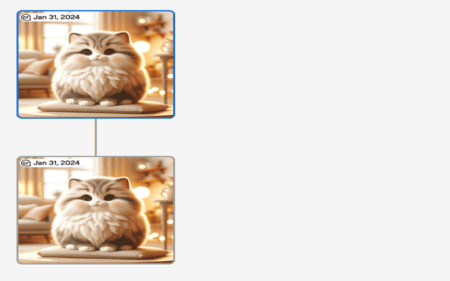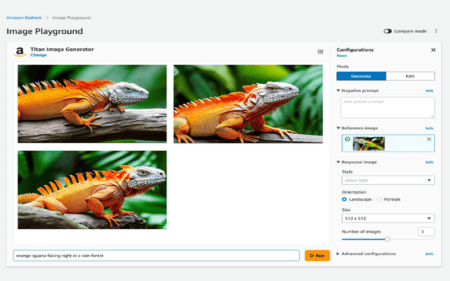The United States government is going to ban the export of certain types of artificial intelligence software. These are programs used to analyse satellite images. The ban should keep the technology out of the hands of foreign competitors.
The range of the ban is rather limited. It applies only to software that uses neural networks, a form of machine learning, specifically for the purpose of discovering “points of interest” in satellite imagery. This may include, for example, software that can identify houses or vehicles. Moreover, the ban only applies to software that has a graphic user interface.
Reuters states that the ban comes into effect on Monday. It has to do with a law from 2018, known as the Export Control Reform Act. The Act specifies that the US government can investigate whether the export of new technologies can be restricted if it deems that technology “essential to the national security” of the US.
Military purposes
The idea behind the ban is that machine learning can be very useful when analysing satellite images. Satellite images often create enormous amounts of data. Logically, this means that AI software can mark interesting objects much faster than the human eye could ever do. In Australia, for example, this type of technology is used to keep the spread of forest fires in view and thus facilitate the fight against them.
It is not very difficult to think that this type of software can also be used for military activities. That is the reasoning behind the U.S. government’s ban. One example is a program called Sentient, which is currently being developed by the U.S.. It is designed to mark anomalies in satellite images, specifically to indicate groups of military personnel or places where weapons are stored, for example.



















